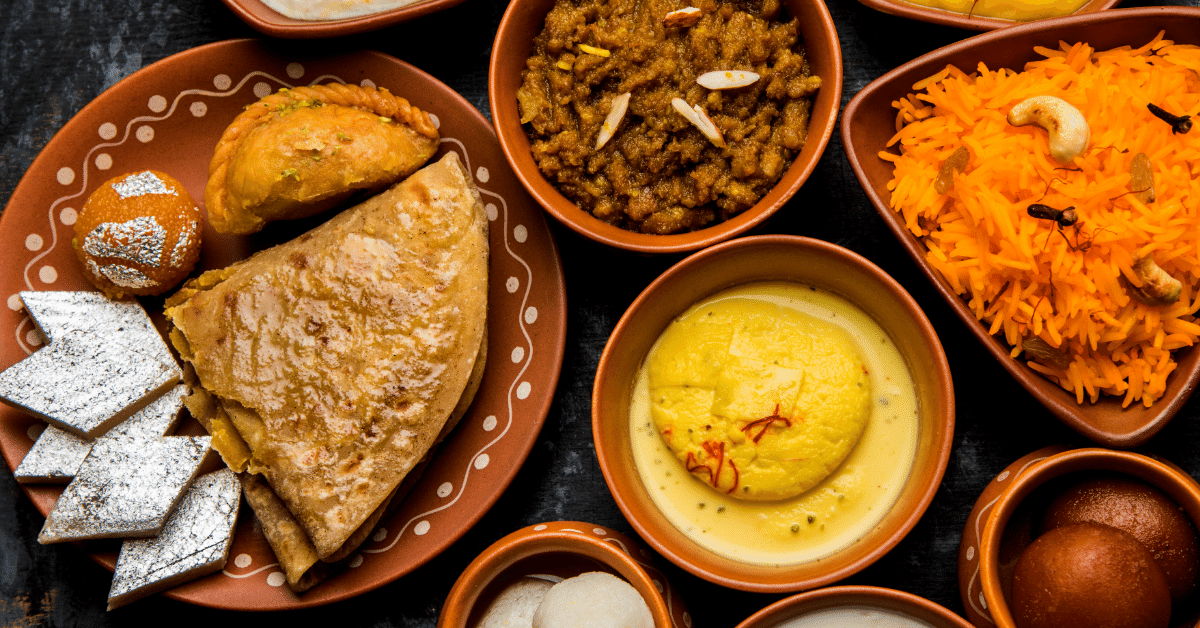Sunnundalu Recipe Without Jaggery Easy Cooking Process Home
Know the details about the Sunnundalu Recipe Without Jaggery Easy Cooking Process Home, Sunnundalu Recipe Without Jaggery Home Cooking
Sunnundalu: A Legacy of Andhra Sweet Delicacies
Sunnundalu, a traditional Indian sweet, is revered for its simplicity, rich nutritional value, and the profound cultural significance it holds, especially in the Andhra Pradesh region of India. This classic treat, primarily made from urad dal (black gram) and ghee, embodies the essence of celebratory and ceremonial occasions. While variations exist, including those made with jaggery, this blog post focuses on the traditional version without jaggery.
Sunnundalu Recipe Without Jaggery Easy Cooking Process Home
Historical Backdrop
Tracing back to ancient times, Sunnundalu has been an integral part of Indian culinary heritage. Originating from the southern parts of India, particularly Andhra Pradesh, this delicacy was crafted to provide nourishment while satisfying the sweet cravings. It symbolizes prosperity and happiness, often prepared during festivals, weddings, and auspicious days as an offering to the deities and a treat for guests.
Cultural Significance
In Andhra culture, Sunnundalu is not just a sweet; it’s a gesture of love, hospitality, and goodwill. Offering Sunnundalu to guests is seen as a mark of respect and affection. Its presence during significant life events underscores its importance in preserving cultural traditions and fostering community bonds.
Essential Ingredients
To prepare Sunnundalu, you’ll need a few basic ingredients:
- Urad dal (Black Gram) – 1 cup
- Sugar – ¾ cup (powdered)
- Ghee (clarified butter) – ½ cup
- Cardamom powder – 1 teaspoon
Nutritional Information
Sunnundalu offers a substantial nutritional punch. Urad dal is rich in protein, fiber, and vital minerals like iron and magnesium. Ghee contributes healthy fats, making this sweet both nutritious and indulgent.
Time Required
- Preparation Time: 15 minutes
- Cooking Time: 20 minutes
Cooking Procedure Overview
The heart of making Sunnundalu lies in roasting the urad dal to perfection, grinding it into a fine powder, and then mixing it with powdered sugar, cardamom, and warm ghee to form a dough. The dough is then shaped into small, bite-sized balls, known as laddus.
Detailed Step-by-Step Cooking Procedure
- Roast the Urad Dal: Dry roast the urad dal on a medium flame until it turns a golden brown color, emitting a nutty aroma. Stir continuously to ensure even roasting.
- Cool and Grind: Allow the roasted dal to cool down to room temperature. Then, grind it into a fine powder using a mixer grinder.
- Powder the Sugar: Ensure the sugar is finely powdered. For a traditional texture, you can mix it with the dal powder or grind them together.
- Mix Ingredients: In a large bowl, combine the powdered dal, sugar, and cardamom powder.
- Add Ghee: Melt the ghee and gradually add it to the mixture while still warm. Mix well until the mixture attains a dough-like consistency.
- Shape the Sunnundalu: Take small portions of the mixture and roll them between your palms to form smooth, round balls.
Tips
- Roasting the dal well is crucial for the authentic taste of Sunnundalu.
- If the mixture feels dry, add a little more melted ghee to achieve the right consistency.
- Store them in an airtight container to retain their freshness.
Serving Procedure and Decoration Ideas
Serve Sunnundalu on a beautiful platter, garnished with slivers of almonds or pistachios for an elegant touch. For festive occasions, presenting them in decorative paper cups adds a festive flair.
Things to Know
- Sunnundalu can be stored at room temperature for up to 10 days.
- Using pure cow ghee enhances the flavor and nutritional value.
FAQ
Can I use jaggery instead of sugar? Yes, though this recipe focuses on the sugar version, you can replace sugar with an equal quantity of powdered jaggery for a healthier variant.
Is there a vegan alternative for ghee? For a vegan version, coconut oil can be a substitute, though it will slightly alter the taste and fragrance.
Why is my mixture crumbly and not forming into balls? This usually happens if there’s not enough ghee. Add a little more melted ghee, a teaspoon at a time, until you achieve the desired consistency.
Sunnundalu is much more than just a sweet treat; it’s a cherished tradition that brings people together, offering a taste of Andhra’s rich culinary history. Whether you’re celebrating a special occasion or simply craving something sweet and healthy, Sunnundalu is sure to satisfy.


